From childhood, children are taught that only those who know well can pick mushrooms. This is the main rule of mushroom pickers. Many collect only the most famous and common varieties of their area. However, the kingdom of mushrooms is vast and multifaceted. One of the rare species - white boletus - is found in our forests. Find out his photo and a detailed description.
Usually aspen trees are edible mushrooms on light legs with colorful hats - red, orange, brown or yellow. You can meet them in bright coniferous and deciduous forests under a variety of trees - aspen, poplar, pine, birch, oak or willow. Boletus boletus is a very rare mushroom listed in the Red Book of Russia, therefore, it requires careful handling and preservation.
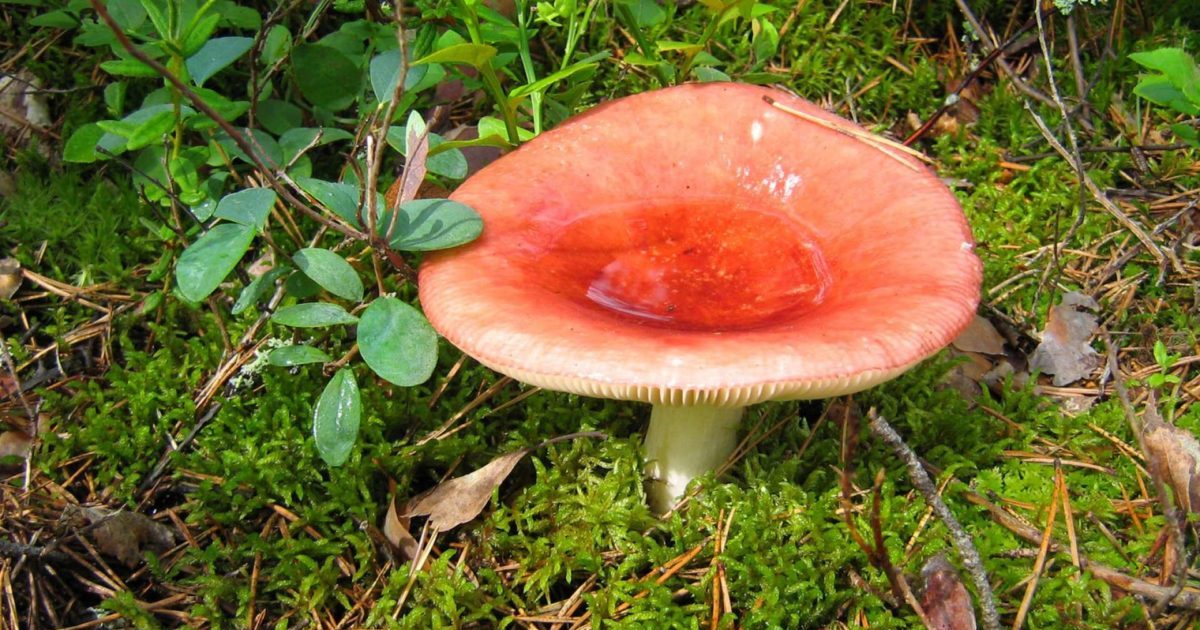 You may be interested in:
You may be interested in:How to recognize him?
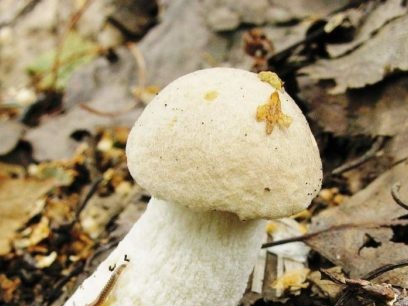
White boletus differs from other boletus in its light, almost white color. The hat may be with a slight pale pink or greenish tint in the young fruit body or yellowish-gray in the older one. It is dry to the touch and looks like rough paper. Its width is usually 4-15 cm, but large ones are also found - up to 25 cm in diameter. In young fruiting bodies, the hat fits snugly and has a spherical shape. Over time, it expands, becomes flatter and looks like a small pillow.
In height, the white boletus grows by 5-15 cm, there are specimens up to 30 cm high. The leg is high and dense, at the bottom it has a slight thickening. Its surface is covered with small scales - initially white, later - brownish. The tubular layer under the hat is white, sometimes with a yellowish tint - delicate and finely porous. In old mushrooms, it becomes gray or brown.
If the fruit body is cut, then very soon the cut will turn blue, and then black. On the leg, the incision becomes lilac or purple. The flesh of the white mushroom itself is dense and elastic, does not crumble and retains its shape. Only at the base of the leg can the pulp have a blue-green tint. Disputes with a rash of a light brown ocher color.
 You may be interested in:
You may be interested in:Where and when can I meet?
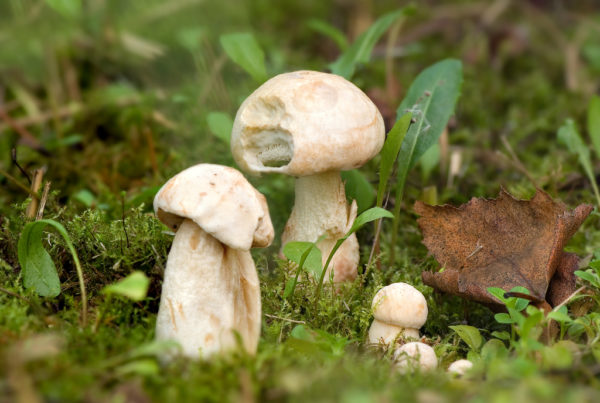
White aspen mushrooms form mycorrhiza with birch, aspen and pine trees. They are found in deciduous and coniferous forests. If summers are dry and hot, then fruiting bodies grow only near aspen trees, which retain enough moisture near themselves. Finding it is not easy, as it is an endangered species. From time to time, the colony grows abundantly in small mushroom glades.
The very first white aspen mushrooms grow in early June and bear fruit until the end of September. The life span of the fruiting body is up to two weeks, after which it sows spores and dies. It is found in Russia in the western and northern regions, in Siberia and near Lake Baikal. It is also known in other countries - Belarus, the Baltic countries, in North America and in Western Europe.
Knowing the nature of the native land, the ability to recognize rare species, will help preserve all its diversity. Mushrooms form a symbiotic relationship with trees, enrich their roots and surrounding soil with minerals. It is an integral and vulnerable part of the forest community. If the mycelium has disappeared, it is often almost impossible to restore it. You can read about related and similar species on the page https://en.tomathouse.com/4/ .

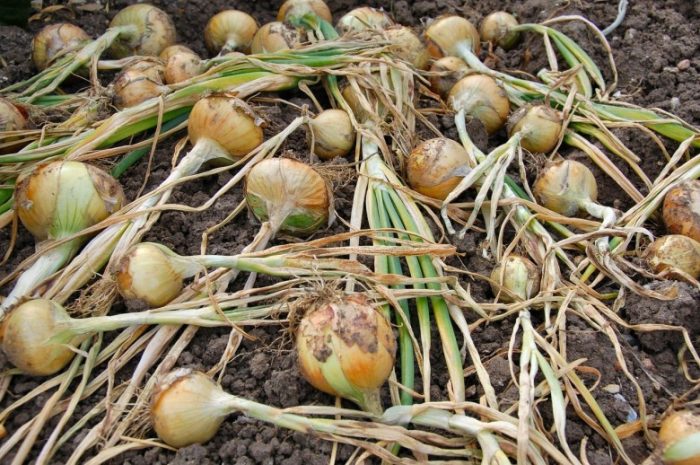
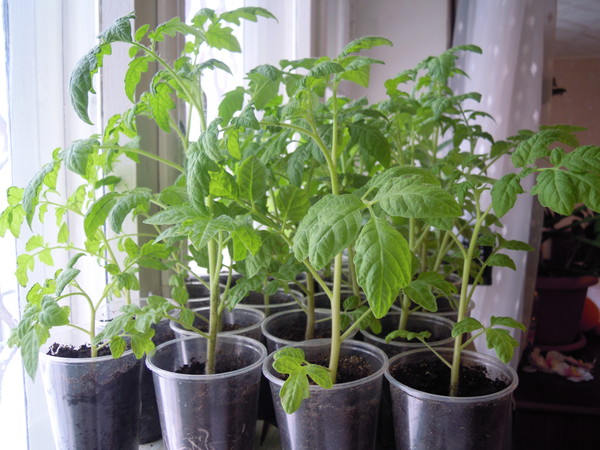
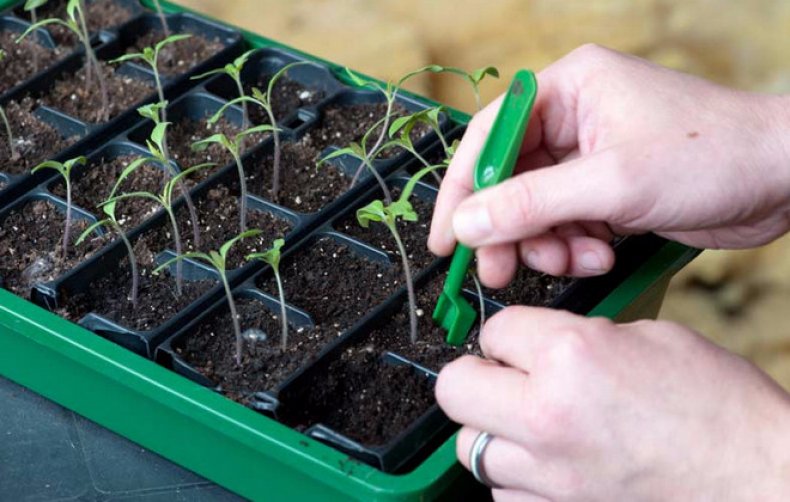
 What plants in the garden lower blood sugar?
What plants in the garden lower blood sugar?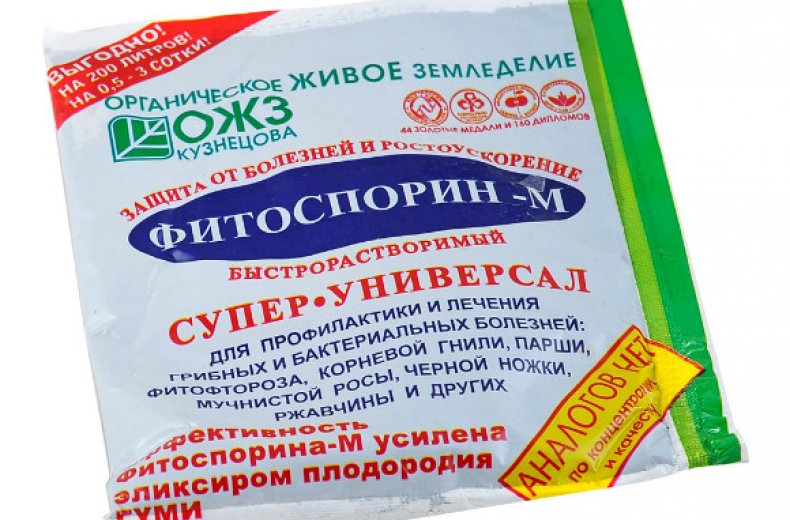 Fitosporin-M - instructions for use
Fitosporin-M - instructions for use Changes from March 1, 2019 when registering a house on a summer cottage
Changes from March 1, 2019 when registering a house on a summer cottage How to get land for building a house or a garden for free?
How to get land for building a house or a garden for free?
Margarita
The author is mistaken, not only this rare species of boletus is found in Siberia on the territory of Russia, but also in the Leningrad Region, there are plenty of it in the Gatchinsky district, it doesn’t differ in taste from the other boletus, it looks smart, medium-sized, pale pink hat, in small white, a good mushroom, did not know about the Red Book, as well as the fact that the orchid "venus slipper", which is present in abundance in the same places, is also listed in the Red Book.
All its "rarity" is that they grow on swampy soil, as well as there are similar birch trees ...
I wonder-white podoisinovik and chatterbox is the same thing, or chatterbox is a white chickpea?
Olga
Obabok is the name of an aging boletus. This is an old name. My grandfather always called birch bark frogs and didn’t like them for a quick limp. It is not related to boletus
boris
saw and collected
Vlad
Yes, what a rare nafig it is, we have a good third of boletus in our basket just such, and this happens on a successful trip along mushrooms and under fifty pieces. The whole question is in what place to collect these mushrooms, so on wet dwellings overgrown with shrubs consisting of willow and hazel with aspen shoots and young fir trees almost exclusively aspen mushrooms with white hats and a leg thickened at the butt are found.
Vladimir Yvanov
He repeatedly collected without any twinge of conscience on the Karelian Isthmus near St. Petersburg, in the Vaskelovo region. The mushroom is certainly rare, but not so difficult to find. In my opinion, it still forms mycorrhiza with spruce, because I have always met it in the vicinity of these trees. True, here you know: the roots of trees are long ...
... in the Samara region of this mushroom a lot, we always collect ...
Alexander
Which of the seven Russia are we talking about? 1) Tsarist Russia, 2) Russia of the Provisional Government of 1917, 3) Bolshevik Russia until 1922, 4) The Soviet RSFSR from 1922 to 17.03.1991 as part of the USSR, 5) Civil RSFSR as part of the USSR after the referendum 17.03 , 1991, 6) parliamentary Yeltsin’s 1993, 7) Putin’s RF-Russia? there is no such state in the UN !!
Dmitry
In Murmansk there are plenty of these red book boletus, I didn’t notice any differences except for the color
Guru
Under a pine oil, the saffron mushroom russula fly agaric and, well, your undersea. And under the aspen or near the aspen the boletus can grow, but without an aspen!
And man
in the Pillars Preserve near Krasnoyarsk there were no such people in 1985,
later did not have to be there ,,,
Ivan
Ivanovo region also found !!! Rarely, but there is.
retiree
Vaughn knew: in Yamal he collected them on a par with ordinary buckets and cooked them, like everyone else.However, the MUSHROOM - BARAN there also grows like an ordinary mushroom and no one knows that it is in the RED BOOK: it is picked and salted ... It’s very convenient - one cut it and half a bucket of wonderful mushrooms!